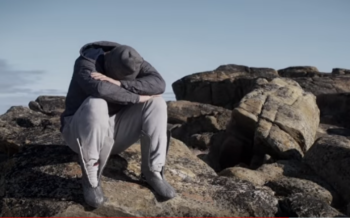When I arrived at my new job at CKGY in Red Deer, Alberta, I knew exactly two people: the man who hired me and my new roommate. And I didn’t know them very well.
So, when a few of the women from work asked me if I wanted to go shopping, I jumped at it. One of them said, “Let’s call Kim!” (I can’t remember her name, so we’ll go with Kim.) Kim, a pretty, dark-haired woman, met us at a department store.
We tried on clothing, sampled fragrances, you know, girl stuff. When we got close to the cash register, everyone dumped all of their purchases on Kim. Wanting to fit in, I did the same. Kim flashed her “Indian card”, paid for our stuff, and we settled up outside. My new friends thanked her and off she went.
Kim was native and didn’t pay tax. So she was called – used, really – to show her status card so we could all save money. But she wasn’t part of the group, nor did she even expect to be, it seemed. Even now, I feel terrible just thinking about it. I never saw her again.
We had native neighbours living outside of Brantford when I was little. Fortunately, I grew up in a family that treated them like any other neighbours. But we all know plenty of people who disrespect them with strong, negative opinions based on prejudices, not reality. A recent survey also found most Canadians think the government apologizes too much for residential schools. I think we still haven’t apologized properly.
Some native television producers wondered how many people have been to a reserve and met those whom they’re stereotyping. The docu-series, First Contact, was born. Six ordinary Canadians with strong opinions about native communities agree to visit several reserves and experience life there first-hand. This is the trailer:
First Contact is in three parts that aired earlier this week, but it repeats in its entirety Sunday night at 8 on APTN – Aboriginal Peoples’ Television Network.
It’s important to note that the six people taking part weren’t specifically told they’d be going to meet native people face to face. They were chosen for their strong views on a variety of subjects. Whatever their motivations, they were at least willing to go along with what the producers had in mind. It’s also important to not read the ignorant comments posted below the trailer on YouTube.

